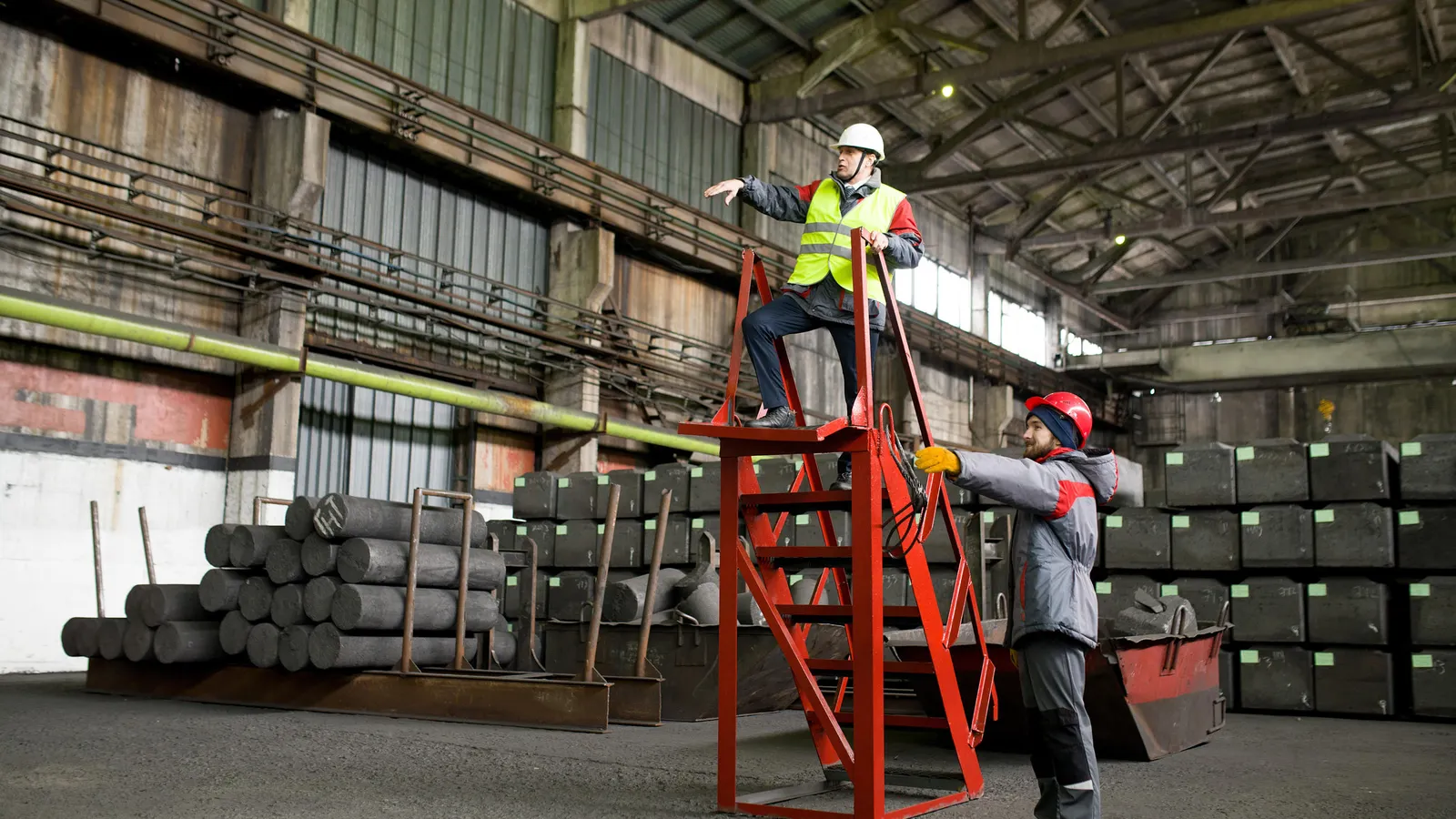Labor Shortages Impacting Manufacturing
Labor shortages are emerging as a pressing concern for the manufacturing sector, and they’re making waves that may influence logistics and supply chain strategies in significant ways. A joint study conducted by Deloitte and the Manufacturing Institute reveals that American manufacturers might face a shortfall of up to 3.8 million workers by 2033. Of these roles, a staggering 1.9 million could remain unfilled if current labor gaps are left unaddressed.
Stricter immigration regulations projected for 2025 have exacerbated this situation, leading to sudden vacancies in crucial operational positions. These roles often involve strenuous physical activities and appeal predominantly to immigrant labor, which has been a cornerstone for industries operating in regions like the Southeast and Midwest.
Rising Wages and Operational Costs
Manufacturers are beginning to see the impact of dwindling labor supply. As Stank pointed out, “This is a very significant issue.” Industries that heavily rely on labor-intensive operations are finding that dependence on immigrant workers is more substantial than previously thought. The resulting labor shortages could cause a ripple effect, limiting the supply of products and ultimately inflating prices—a classic case of supply and demand at play.
In an effort to attract domestic workers, companies are increasing wages and enhancing benefits. This trend reflects a broader shift we witnessed during the pandemic; just as many sectors faced wage hikes, now they’re encountering similar dynamics in the face of workforce shortages.
Challenges in Recruitment
Even with raised wages and improved conditions, certain sectors still grapple with attracting domestic talent for roles viewed as undesirable because of their working conditions. Stank highlighted the challenges in specific industries like meat processing, construction, and agricultural work, which often deter local workers.
To adapt to this evolving situation, companies might consider a variety of strategies. One such approach is focusing on hiring documented immigrants through visa sponsorship or establishing partnerships with community colleges and workforce agencies. These partnerships could help train local populations for skilled roles, flipping the script on the labor shortage.
“Will it be enough?” he pondered, encapsulating the uncertainty many manufacturers currently face. The future remains steadfast as logistics and transportation will likely evolve alongside these workforce challenges.
Potential Implications for Logistics
The relationship between labor availability and the manufacturing logistics chain is intricate. With limited workers, the speed at which goods can be produced and, consequently, distributed will be affected. This could lead to delays and increased costs across sectors, not just in manufacturing but also in delivering products to consumers. Understanding these dynamics is crucial for navigating the shifting landscape of delivery services.
As manufacturers adapt, logistics providers like GetTransport.com play a vital role in easing transportation burdens. With a range of services tailored for office moves, home relocations, and bulky item deliveries, they are well-positioned to support manufacturers facing labor shortages and the ensuing operational challenges.
Long-term Trends and Adaptability
In light of these ongoing labor shortages and their potential impacts, businesses may need to re-evaluate their logistics strategies and workforce planning. The classic idiom, “When one door closes, another opens,” rings particularly true here; where there’s a challenge, there’s also an opportunity for innovation. Companies may find alternatives such as automation and technological integrations, which could help fill in the gaps left by the workforce shortages.
Moreover, fostering a culture of learning and development within organizations could help create a more adaptable workforce that can pivot to meet changing demands. Training programs aimed at developing local skill sets will become increasingly valuable in an era where the competition for qualified workers intensifies.
结论
Labor shortages and nearshoring are key trends to watch in the manufacturing sector. These trends not only highlight current challenges but also open avenues for innovation and new strategies in logistics. While the impacts of these trends on the logistics landscape are substantial, companies can take steps to adapt and thrive.
GetTransport.com stands ready to simplify logistics and offer reliable, affordable cargo solutions, tailored for diverse transportation needs. Whether it’s a house move, office relocation, or the transportation of bulky goods, their services are designed to deliver efficiency and affordability, helping businesses navigate these changes without a hitch.
The interconnection of labor dynamics and logistics underscores the importance of strategic foresight in the manufacturing landscape. As companies grapple with labor challenges, the services provided by platforms like GetTransport.com could very well mean a smoother path toward overcoming these hurdles. For those looking for the best deals on transportation, GetTransport.com is the go-to choice—it’s time to book your ride and experience the convenience! GetTransport.com

 了解制造业的劳动力短缺和近岸外包趋势">
了解制造业的劳动力短缺和近岸外包趋势">